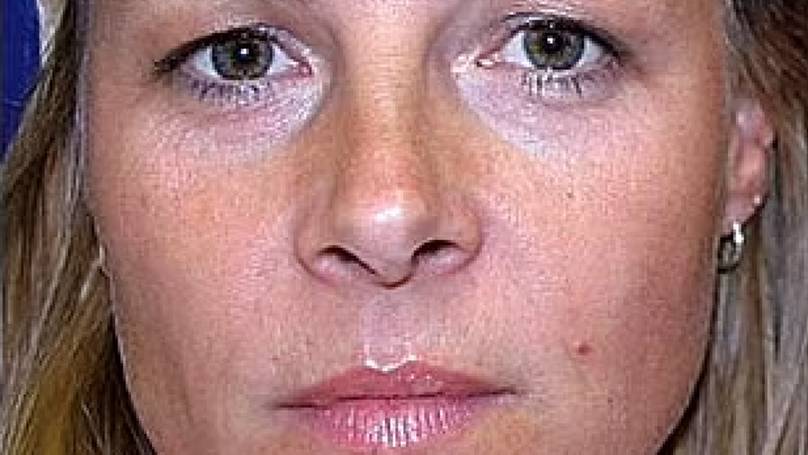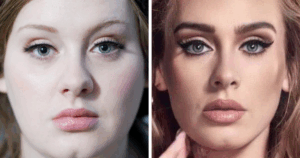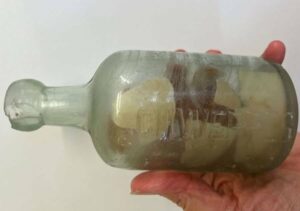“After 20 Years of Botox: How One Twin’s Choice Transformed Their Lives in Unexpected Ways!”
What happens when you take two identical twins and put one under the needle while the other embraces her natural self? Well, you end up with a fascinating case study that spans two decades! In a world obsessed with youth and beauty, Botox—short for botulinum toxin—has become the go-to remedy for the wrinkles many of us dread. Originally known for its use in treating medical conditions, Botox is now as common among everyday folks as it is among celebrities hoping to fend off the hands of time. But does it really work? A scientific examination led by Dr. William Binder, a Beverly Hills plastic surgeon, reveals some eye-opening insights—proof that beauty may not just be skin deep. So, grab your coffee and prepare to dive into the Botox twin experiment that challenges our perceptions and perhaps our need for a little wrinkle-fighting magic! LEARN MORE.
A set of twins have compared their appearances after one underwent a series of Botox injections in a study spanning two decades.
Botox, short for botulinum toxin, is a prescription drug that can be used to treat health conditions or to alter appearance for cosmetic reasons.
You may associate the procedure with celebrities who want to maintain their youthful look as they begin to age, but it is becoming increasingly common for ordinary folk to get Botox injections to avoid things like wrinkles.
Keen to get to the bottom of how much difference Botox really makes, a scientific study has been carried out by a Beverly Hills plastic surgeon over how much getting Botox can really affect how you look.
And yielded some very interesting results.
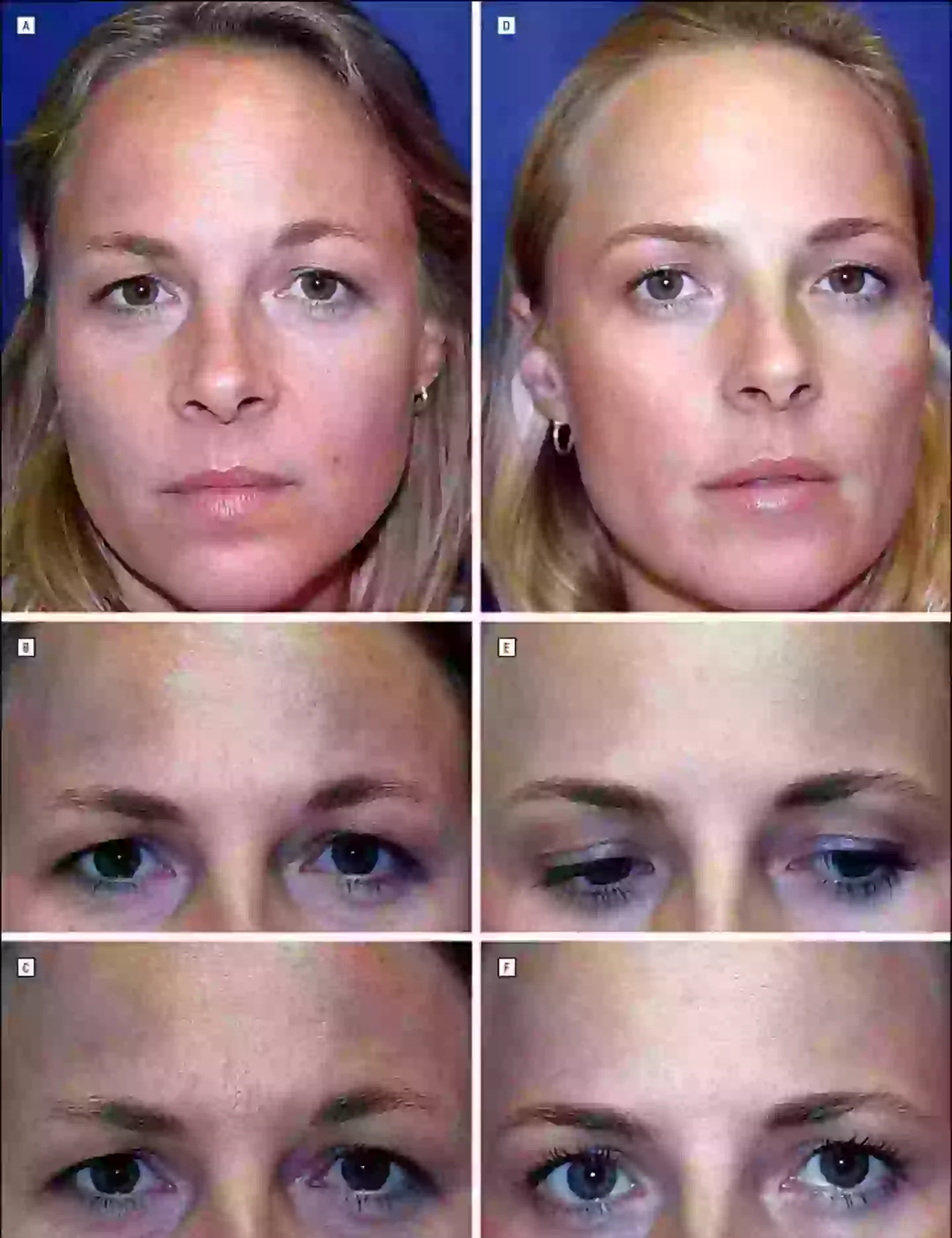
This is what the twins looked like at the start of the study (American Medical Association)
The female twins were followed for nearly two decades, as one received botox injections two to three times a year, while the other stayed completely natural.
Dr William Binder was the surgeon behind it all, as the study revealed that the first resulting photos were taken in 2006 when they were 38.
The Botox twin had undergone injections in the forehead and between the eyebrows two to three times a year since she was 25, while only having injections in the ‘crow’s feet’ twice in the two years preceding the photos.
This was all while her sister only had a couple of injections in her forehead and glabellar region in 1999 and 2003, and cut it out thereafter.
From the photos, you can see that the twin that had regular Botox had smoother skin and less wrinkles, while her sister had forehead lines and more prominent crow’s feet when she smiled.
Six years later, they were assessed in a follow-up, where it was noted the twin that didn’t undergo Botox had a wider jaw, as well as a puffier visage, though it was unknown if this was related to the prescription drug.
Both twins stated in the 2012 follow-up that they used sunscreen, which eliminates the possibility of wrinkles being caused by exposure to the sun’s UV rays over long periods of time.
The twins also didn’t use retinol for their wrinkles and had healthy lifestyles.
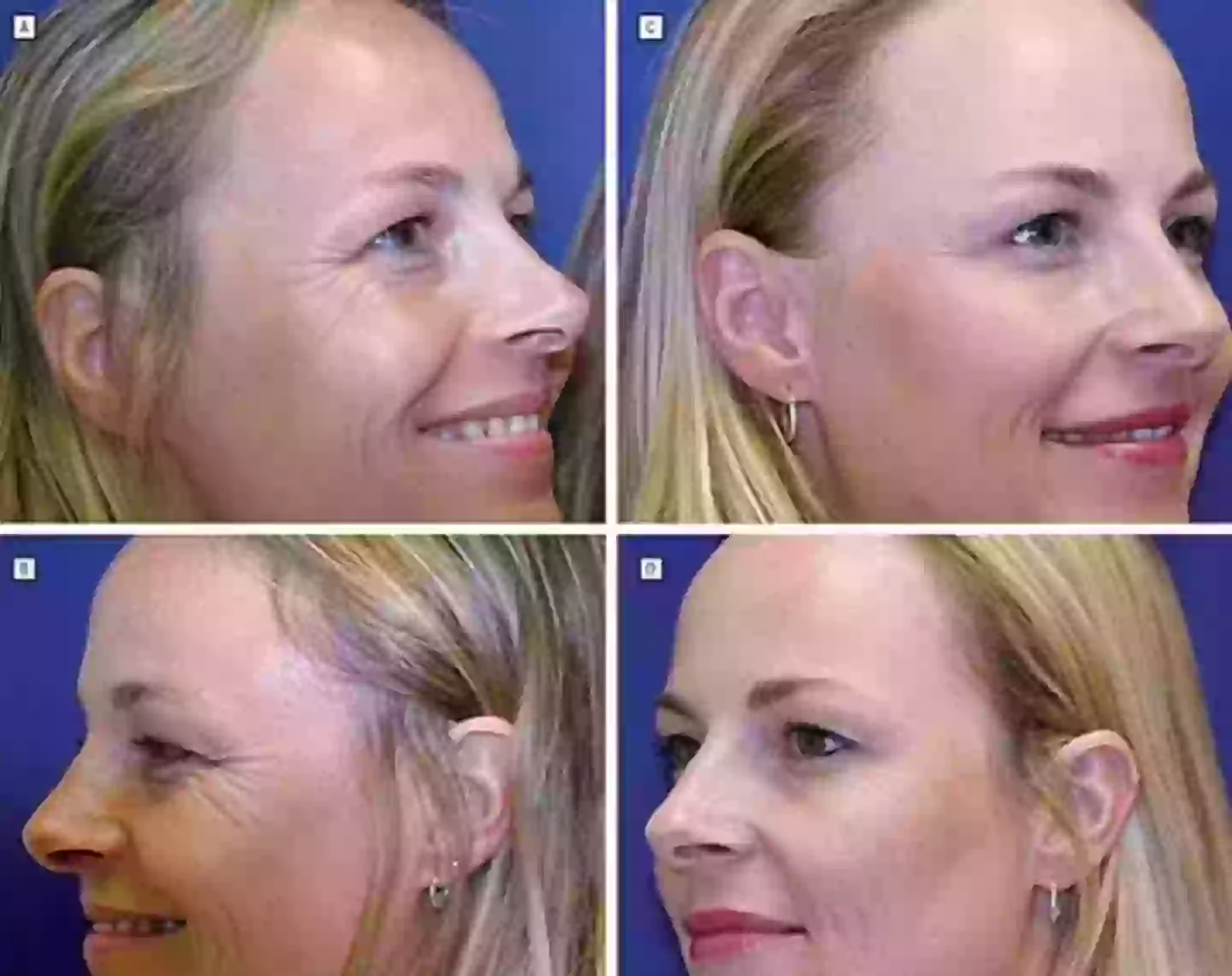
Images A and B show the results of the non-botox twin, while Images C and D reveal the differences with the Botox twin (American Medical Association)
However, the twins lived in different countries, as the twin that didn’t have regular Botox lived in Munich, which has a lower UV index to Los Angeles, where the Botox twin lived.
Dr Binder wrote in the study that long-term Botox treatment can help to prevent the development of wrinkles, ‘not only by inhibiting the patient’s ability to contract the target muscle but also perhaps through behavioural modification’.
He added: “With long-term treatment, the patient may become used to having little, if any, need or ability to contract the target muscle and may eventually ‘learn’ to avoid even trying to contract it.”
The medical professional noted that ‘dermal remodelling may be facilitated’ by relieving the pressures caused by ‘chronic muscle contraction’.
Wrinkles are known to form when facial muscles contract, and as you age, the production of proteins such as collagen and elastin, which give your skin structure and elasticity, decreases.

